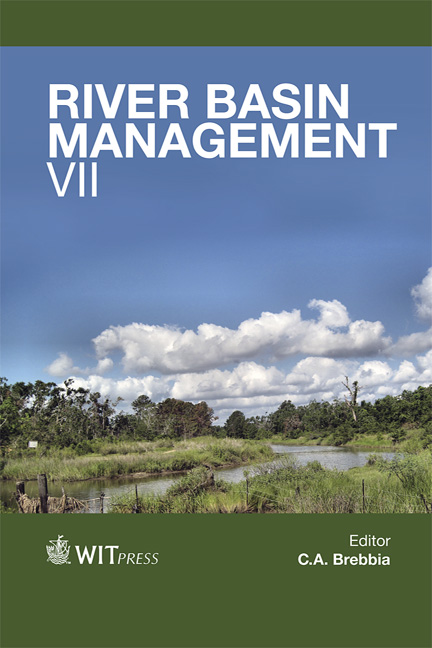Water Quality Modelling In Tidal Wetlands Considering Flooding And Drying Processes
Price
Free (open access)
Transaction
Volume
172
Pages
11
Page Range
421 - 431
Published
2013
Size
682 kb
Paper DOI
10.2495/RBM130351
Copyright
WIT Press
Author(s)
M. L. C. Barros, P. C. C. Rosman & J. C. F. Telles
Abstract
Tidal wetlands are among the most important natural ecosystems and they play a variety of ecological functions. They are generally maintained by a flooding and drying tidal related cycle. Such cycles play an essential role in exchanging material over the estuarine and mangrove swamp complex. Therefore, the capacity to forecast the hydrodynamic processes and the water quality in such systems is required for the proper management of their environmental resources. In this paper, a water quality model applied to areas with flooding and drying processes is presented. The hydrodynamics is considered by using a 2DH model including a novel technique to represent the flooding and drying that considers flows through a \“rough-porous medium” of the bed, called RPL (rough-porous layer). This technique bears similarities to the so-called marsh porosity method. The kinetic reaction processes of the water quality model were modified to include flooding and drying effects. In the model, the spatial and temporal variations of water quality variables are caused by physical–biological–chemical interactions under tidal mixing environment. The effectiveness of the water quality method coupled to the hydrodynamic model with flooding and drying is evaluated by modeling the complex Vitória Bay (Brazil) comprising extensive mangrove swamps. Keywords: tidal wetland, flooding and drying processes, water quality.
Keywords
Keywords: tidal wetland, flooding and drying processes, water quality.





